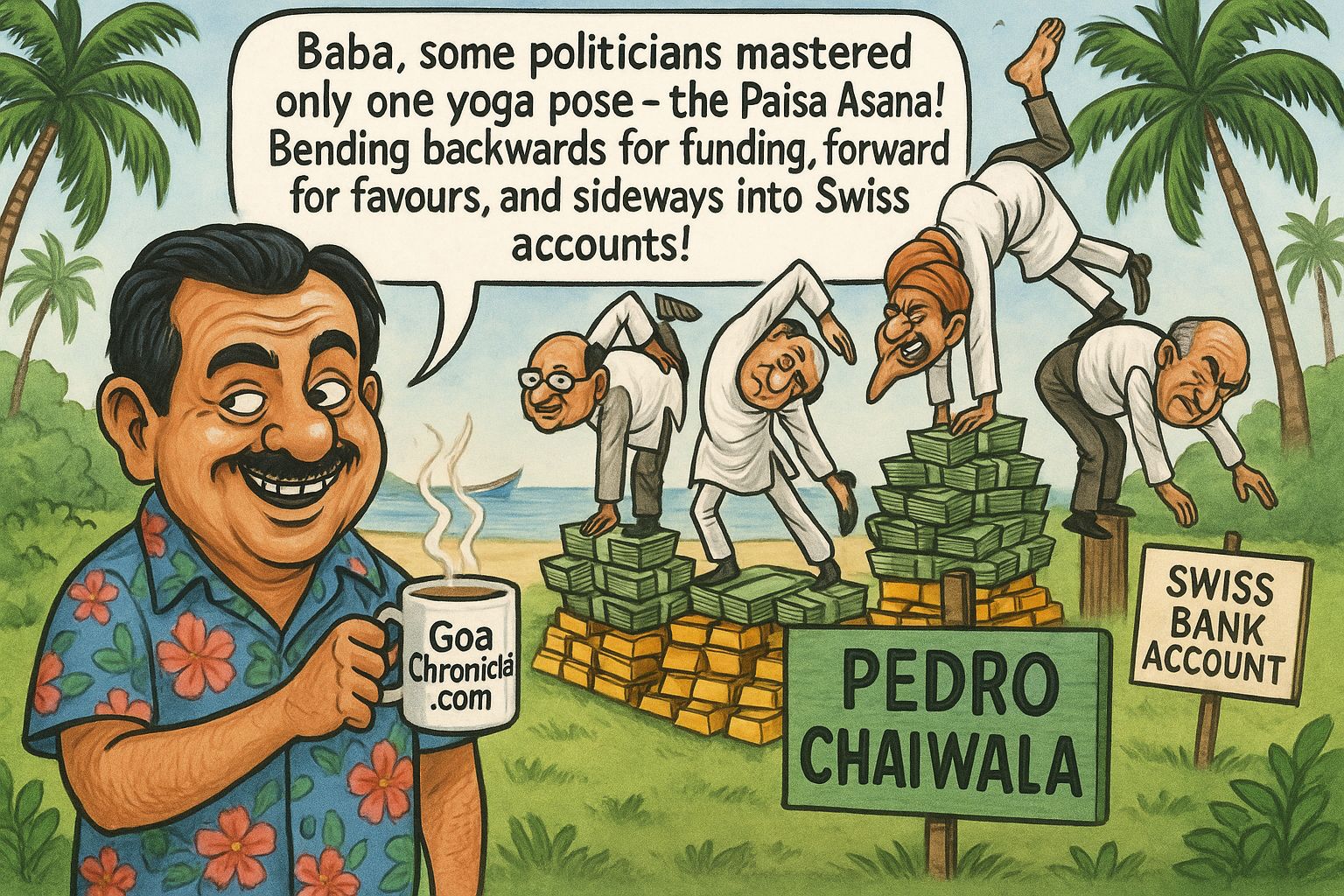The Morning the Silence Roared
At precisely 4:17 AM on May 7, 2025, a girl named Nandita, barely nine, awoke to the faint hum of aircraft far above her village in Jammu’s border belt. To her, it was just another early morning stir. She didn’t know that the sound cutting through the sky was the roar of Sukhoi-30s streaking towards a silent war.
A few hundred kilometers away, in a high-security operations room in New Delhi, Group Captain Sameer Kaul glanced at his watch. The screens around him were glowing—live feeds from drones, mission controls, satellite thermal signatures. No one was speaking. No one needed to.
The order had already been given. Operation Sindoor was underway.
But this wasn’t just another retaliatory airstrike. This was the line in the sand—drawn in the color of every woman’s pride and every soldier’s oath. It was India’s answer not to a single act of terror, but to decades of provocation, betrayal, and bluff.
Chapter 1: The Ashes Beyond the Line
On May 6, the day before, 26 Indian civilians—mostly pilgrims en route to Pahalgam—had been gunned down in a brutal ambush. Their only fault: they were Indian. Among the dead was Meera, a 62-year-old widow who had saved for years for this pilgrimage. She had applied sindoor that morning with trembling hands.
She never returned.
At her funeral, her son, a Havildar in the Indian Army, stood in silence. He didn’t cry. He didn’t curse. He waited. Because he knew, this time, something would change.
And it did.
By the time dawn broke on May 7, Indian fighter jets had already returned. In just 23 minutes, they had pulverized nine terror camps—Bahawalpur, Muzaffarabad, Kotli, Sialkot, Bhimber, Muridke—the nerve centres of Jaish and Lashkar. Not one of them remained untouched. Over 100 operatives were neutralized, including the shadowy Abdul Rauf Azhar.
But this was more than surgical—it was philosophical. The doctrine had shifted.
India, for long, had been a restrained tiger. Now, it was a wounded lion. And the rules of engagement had changed.
Chapter 2: The Tremor Under Kirana Hills
Deep inside Pakistan, where the Kirana Hills conceal more than just rugged terrain, something stirred. Residents in nearby villages, long accustomed to military drills, spoke in hushed tones that day. The blast they heard wasn’t from routine ordnance testing—it was too close, too deliberate.
In Islamabad, panic erupted behind closed doors. India had struck dangerously close to nuclear installations. Was this a message? Yes, it was. And it was chillingly clear: “We know where you hide your darkness.”
This wasn’t merely a military strike—it was a move on the grand chessboard of strategy. A blow to Pakistan’s oldest bluff: the nuclear shield. The illusion that had once halted war now lay cracked.
Chapter 3: The Dragon Flinches
In Beijing’s Zhongnanhai compound, the silence was heavier than air. Intelligence briefings poured in—the strikes were alarmingly close to key corridors of the China-Pakistan Economic Corridor (CPEC), particularly in Bhimber and Kotli.
China had banked on CPEC as the artery of its Belt and Road ambitions. And now, India had sent a message wrapped in fire: “If your tail lies in our backyard, don’t be shocked when it gets singed.”
With Arunachal warming up in the east and CPEC trembling in the west, Beijing found itself caught in a strategic squeeze it hadn’t anticipated. The era of passive Indian diplomacy was over.
Chapter 4: The World’s Deafening Silence
Newsrooms from Washington to Moscow scrambled for statements. But this time, there weren’t many.
The U.S. called for restraint, but behind the scenes, a senior White House official reportedly said, “Frankly, we would’ve done the same.”
Russia, once Pakistan’s arms supplier and China’s partner, said nothing. Not because it didn’t have words—but because it had chosen sides. Silence, in geopolitics, often screams allegiance.
At the United Nations, Pakistan begged for intervention, but all it received was a familiar echo : “Resolve it bilaterally.”
India, meanwhile, reopened the dusty pages of the 1972 Simla Agreement and made sure everyone re-read the clause on bilateralism.
Chapter 5: The Neighbourhood Watches
In Kathmandu, Prime Minister Yonzon made an unscheduled call to New Delhi. His tone was more respectful than it had ever been.
In Dhaka, amidst post-election tension, political factions paused their bickering to debate a new question:
“Is India just a neighbour – or now, the security anchor of the region?”
Even in Colombo, where China’s shadow loomed large, the mood was shifting. India had shown capability, resolve, and most importantly—intention. It wasn’t just a talker anymore. It was a doer.
Chapter 6: The Bluff Shattered
For years, every Indian retaliation was met with the same line from Rawalpindi: “Don’t push us – we have nukes.” But on May 7, India replied: “We know. We’re still coming.” The nuclear card that Pakistan had so often flaunted now looked limp. There was no war escalation. No international intervention. Just the eerie realization that deterrence had changed sides.
Chapter 7: The War of Wires
As dust settled on the tarmac, another battlefield came alive. From troll farms in Karachi to cyber cells in Peshawar, misinformation began to flow. Edited videos, false casualty reports, morphed images – all aimed at crafting a counter-narrative. But India was ready. Firewalls held. Counter-disinformation teams responded swiftly. Bots were exposed. Lies were deconstructed in real-time. For every missile that flew across the sky, ten truths now flew across screens.
Chapter 8: Echoes in Every Home
In a village in Maharashtra, an old woman lit a diya in front of her husband’s portrait. He had died in Kargil. She whispered : “Beton ne tujhe yaad rakha hai.” (Sons have remembered you). In Manipur, a school teacher began her morning assembly by saying, “Today, children, your country proved it fears no one.” From barracks to boardrooms, a quiet sense of pride swept across the nation. Not of jingoism, but of quiet strength. Of a country that had finally drawn its line – not in sand, but in steel.
Chapter 9: The Strategic Rewrite
In the high chambers of RAW and NSCS, maps were being redrawn—not of borders, but of postures. For the first time, India wasn’t just reacting – it was shaping. The regional balance of power had undergone a tectonic shift. Pakistan’s strategic relevance plummeted. India, no longer just a responder, had become the sole credible security provider in South Asia. It was no longer about “neutralizing threats.” It was now about dictating stability.
Chapter 10: Geopolitical Fallout – When Dust Rises Beyond Borders
The ripples of Operation Sindoor weren’t confined to South Asia – they travelled fast and far, shifting chairs in war rooms across continents.
In Washington, a confidential cable circulated among Pentagon analysts: “India has signaled a redline redefined—not just in response to terror, but in doctrine, deterrence, and dominance.” The U.S., already recalibrating its Indo-Pacific priorities, saw in India not just a partner, but a regional anchor—one that no longer just safeguarded its borders but challenged the norms of asymmetric warfare.
In Riyadh and Abu Dhabi, where Pakistani officials once enjoyed diplomatic comfort, questions were being whispered: “Can Pakistan still be considered a stable ally?” The Arab world, watching India’s strike precision and diplomatic restraint, began leaning subtly but steadily toward Delhi’s narrative.
In Tehran, strategists noted with interest that the Indian strike avoided Iranian-adjacent sectors of Balochistan. The message was twofold: India is assertive, but calculated. It was a distinction not lost on regional power players.
But the real tremor was felt in Beijing. For years, China had hedged its bets on Pakistan being the counterbalance to Indian ascent. But OP Sindoor had shown that India would not be boxed into reactive containment. China’s BRI strategy, particularly CPEC, now hung by a thread of Indian tolerance. Xi Jinping’s doctrine of corridor diplomacy had hit a wall—and that wall was tricoloured.
Pakistan, meanwhile, found itself exposed on all fronts. Diplomatic isolation worsened. Western think tanks stopped referring to it as a “fragile democracy” and instead began discussing it as a “nuclear liability.” Its bluff—nukes, proxies, denial—had been called. And this time, the world didn’t rush to bail it out.
Even the UN Security Council, usually abuzz after cross-border escalations, remained lukewarm. The veto powers had spoken—not in words, but in absence of condemnation.
And India, by staying composed after the operation – no parades, no chest-thumping – only deepened its credibility. The world saw maturity wrapped in military mastery.
The new geopolitical grammar of the region was unmistakable: India no longer waits to be wronged. It warns, it acts, and it walks tall.
Epilogue: The Blood That Bloomed
Operation Sindoor didn’t just bring down buildings – it raised a doctrine. It wasn’t revenge. It wasn’t rage. It was responsibility. A woman’s sindoor had fallen on the soil of Kashmir. That red, once symbolic of dignity, had mixed with blood. But on that day, it didn’t cry – it called. And India answered. The message was unmistakable: “Our restraint is not our weakness—it is our choice. But provoke us – and we shall answer with history.” On the soil where sindoor fell, valour sprouted like a sapling. And that day, India did not remain silent – it rewrote history.”































